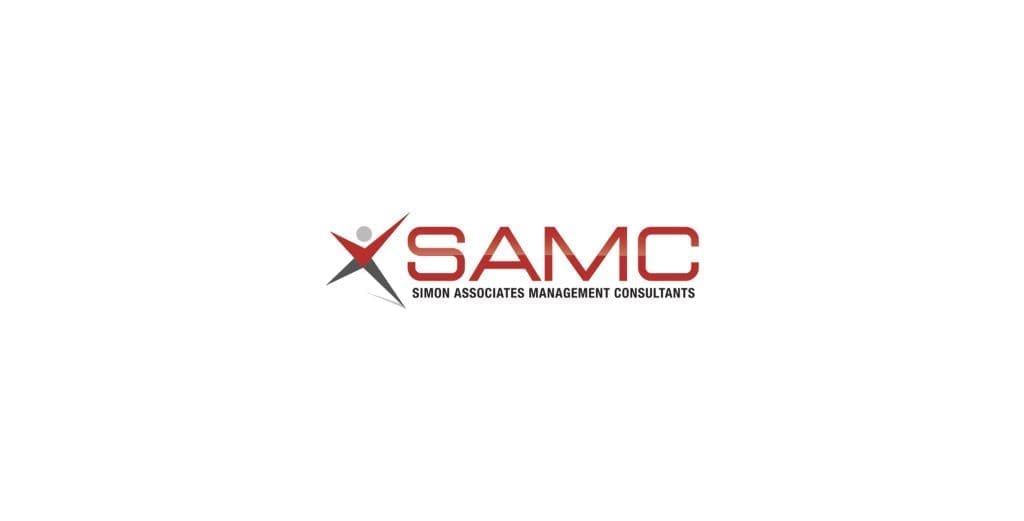 How difficult is for you to provide meaningful feedback to your employees? The experience can be awkward and anxiety-provoking, so maybe you delay it, or worse, avoid it entirely?!
How difficult is for you to provide meaningful feedback to your employees? The experience can be awkward and anxiety-provoking, so maybe you delay it, or worse, avoid it entirely?!
Let’s start with defining feedback.  Feedback is a generic term for information about a previous action that was sent back to the source.
Feedback is a generic term for information about a previous action that was sent back to the source.
There are two types of feedback you can give your employees. The first is guidance, which is any helpful conversation that is related to improving an employee’s performance or behavior. The second is praise, which is any information that emphasizes and reinforces a specific desired or valuable result or behavior.
Employees can’t improve without being made aware of their mistakes, so they require your guidance. Guidance, however, is not the same thing as criticism. Criticism includes any hurtful comment, personal attack or other verbal abuse. Criticism attacks the character of its target and typically starts with “You.” An example: “You never listen to anyone. You are so hard-headed and obnoxious.” Criticism accuses its target of having a deficient or defective character. It humiliates and usually provokes a strong defensive reaction. There is no such thing as “constructive criticism,” so never criticize!
Both guidance and praise are necessary and good. Provide both of these often and consistently! Here are some guidelines to ensure that your feedback generates your desired results:
1. Give five times as much praise as guidance.
Remember to actively look for the great things that are happening in your organization. Research shows that team performance can be predicted by measuring the ratio of praise to guidance. Relationship expert John Gottman conducted research on married couples and found a very similar ratio: 5 positive interactions to one “negative” one was a critical predictor to stable marriages.
2. Be specific.
When giving feedback, avoid vague statements like, “Great job!” since this does not convey enough information for the person to understand what they actually did well (so that it can be repeated). Instead you might try, “I noticed in the meeting today that you were well-prepared, and your recommendation to increase inventory turns will save us $10,000. Please offer more of those recommendations!”
3. Praise in public and give guidance in private.
Offer praise in public to demonstrate your pride in your employee’s performance. Clearly state how his/her action benefited the company. As well as giving a hefty morale boost to the praised employee, public recognition can also inspire others to perform well so that they can earn the same praise. Guidance, however, should only be offered in private since the recipient can feel humiliated if criticized in front of others.
4. Ask for permission to give guidance.
Open your conversation by saying, “Let me provide you with some feedback,” or “Are you open to some feedback today?” Those statements help your employee prepare mentally and emotionally for what you’re about to say. If your employee is not emotionally ready for your feedback today, then reschedule it for a day when they are more open.
5. Address the behavior, not the person.
Address only the employee’s behavior and not their character. Use this three step formula: 1) Describe the situation, 2) Identify no more than one or two behaviors that you need the person to change and why, and 3) Ask for the person’s commitment to do so.
For example: “During yesterday’s Board meeting, one of the Board members discovered that your sales calculations were incorrect. I’m worried that this has affected your credibility with them, as well as mine. Next time, will you promise to double check your calculations or have someone else double check them for you?”
6. Give praise and guidance consistently.
Giving praise and guidance should be a continuous process, not a one-time event (like an annual performance review). Frequent, friendly, informal conversations result in better performance. And, your formal performance reviews will be easier because the employee won’t feel surprised.
7. Be timely.
Provide your praise and guidance as close to the employee’s specific action as possible. When something needs to be said, say it! Employees like to know where they stand. With timely feedback, problems don’t escalate.
8. Prepare.
Spend enough time to be clear about what you want to say and how you will say it. This helps you stay on track and stick to the specific behavior that you need to address.
9. Use “and,” not “but.”
“But” negates any positivity that you generated with what you just said. This triggers your employee’s defensive instinct, because they hear: “You are good at this, but bad at that.” Instead, try using “and” to connect guidance with a request: “Your spreadsheet was very helpful, particularly your analysis of the expense increases, and it would be even more beneficial to me if you would include a couple more sentences of explanation.”
10. Praise corrected behavior.
When an employee corrects his/her behavior, recognize it and give liberal praise.
How you give feedback not only affects the mood and performance of your employees, it impacts your culture. When employees receive no feedback, it can become complacent at best, and, at worst, toxic. Giving feedback in the wrong way can be just as damaging. A Harvard Business Review article shows that employees who were criticized by their bosses intentionally lowered their productivity.
Giving meaningful praise and guidance doesn’t come naturally to most of us. Like any other valuable skill, it requires practice and discipline. The good news is that it works equally well at home and at work, and if you do it, you will get rewarding results at both.



